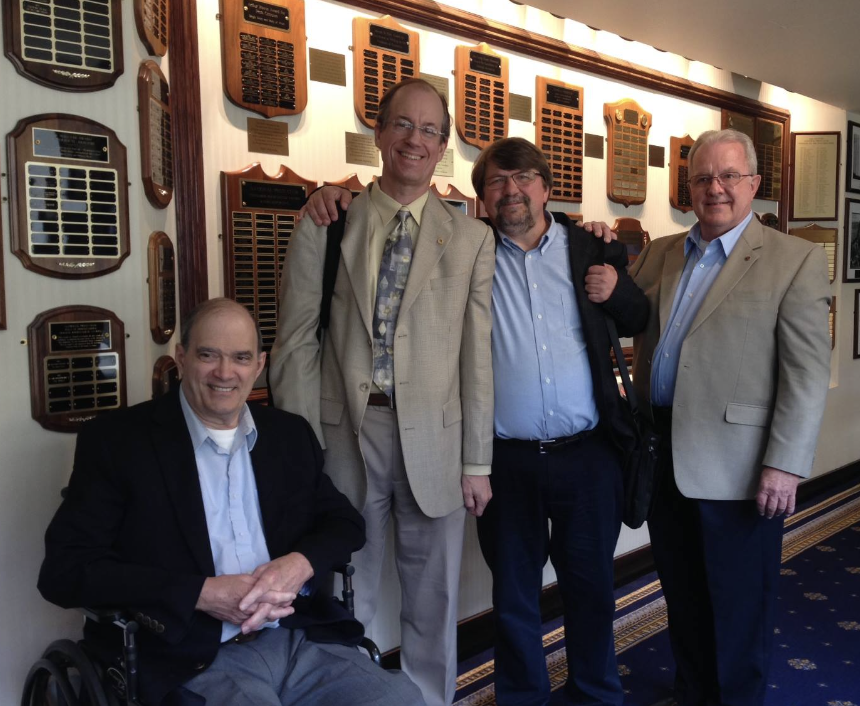
The NSA Four
How a toxic mix of cronyism and fraud blinded the National Security Agency before 9/11. My 2013, pre-Snowden, story with Tom Drake, Kirk Wiebe, Bill Binney, and Ed Loomis. One of the best stories I ever did for The Nation.
New, Rare and Unreleased Material from the DMZ Empire
New, Rare and Unreleased Material from the DMZ Empire


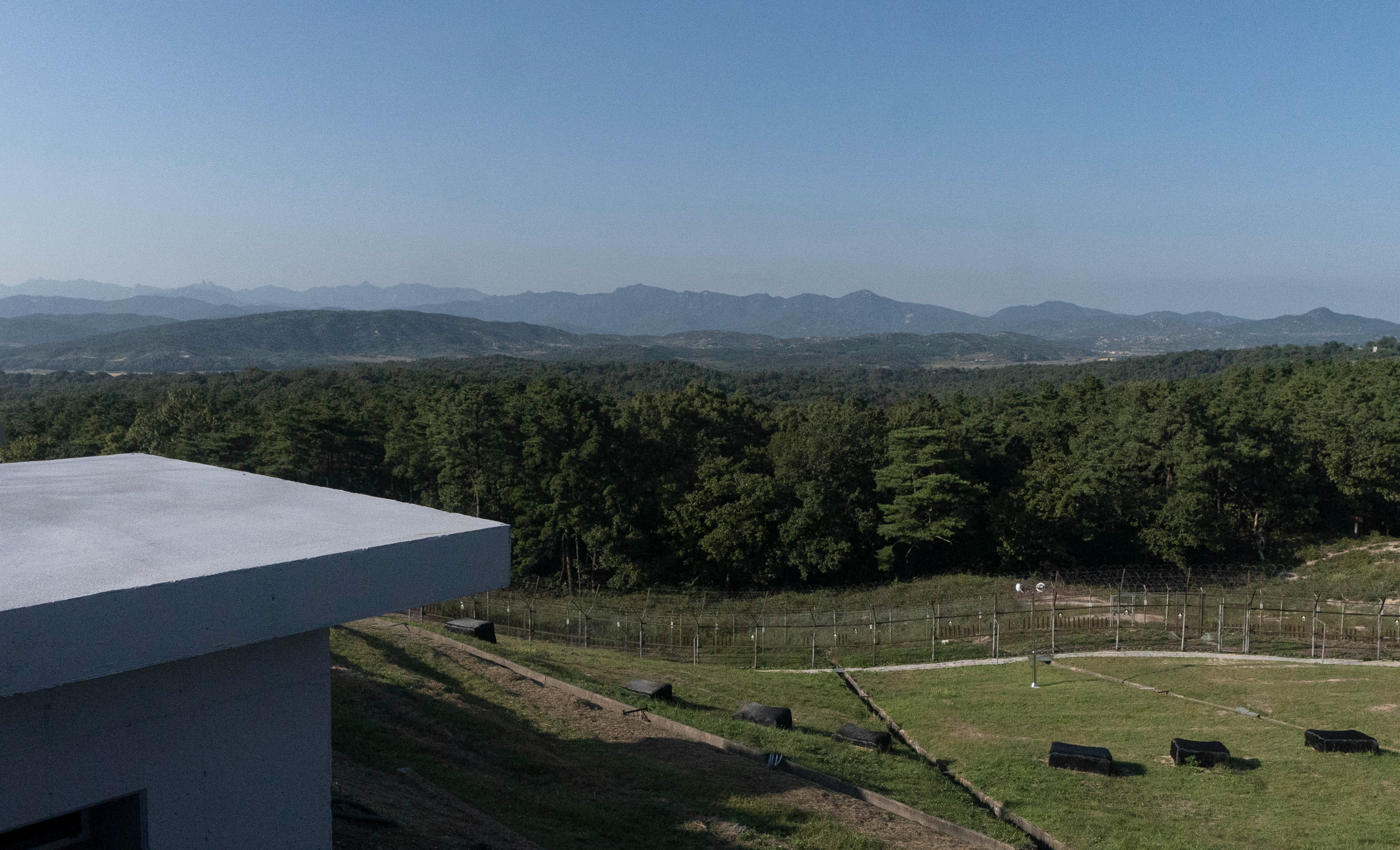
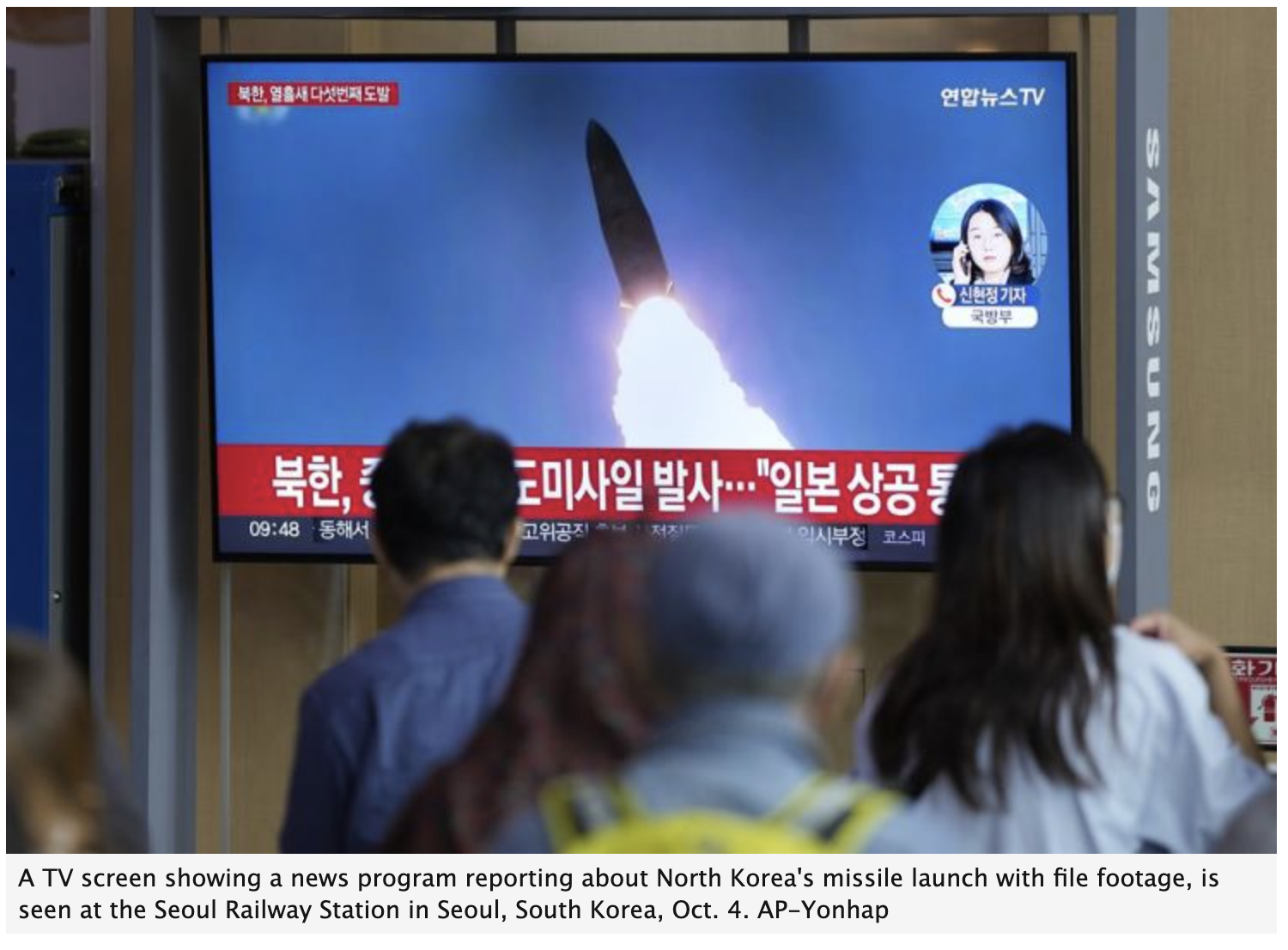
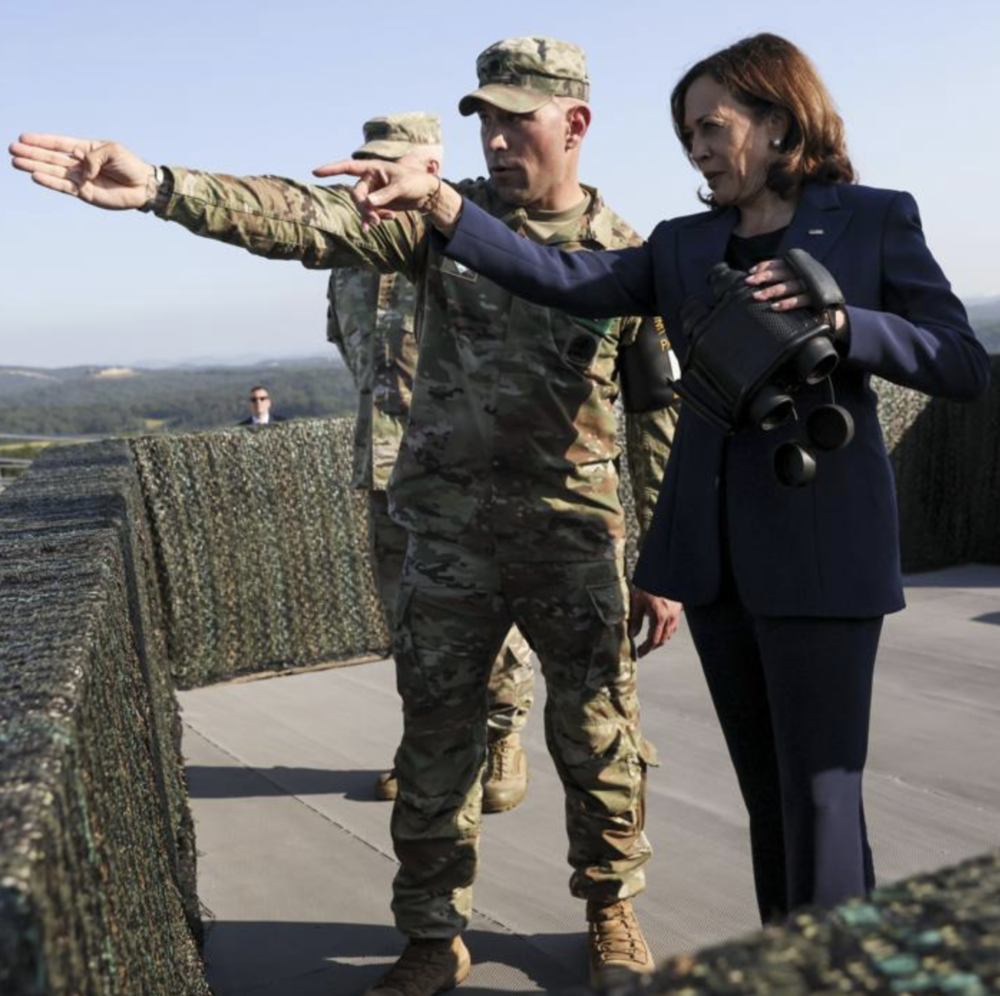
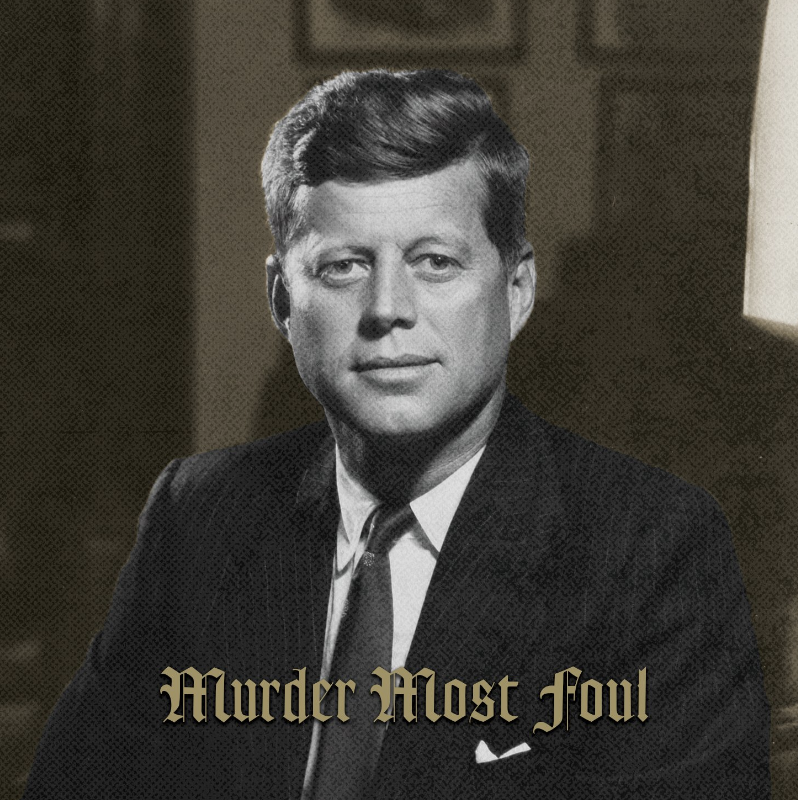
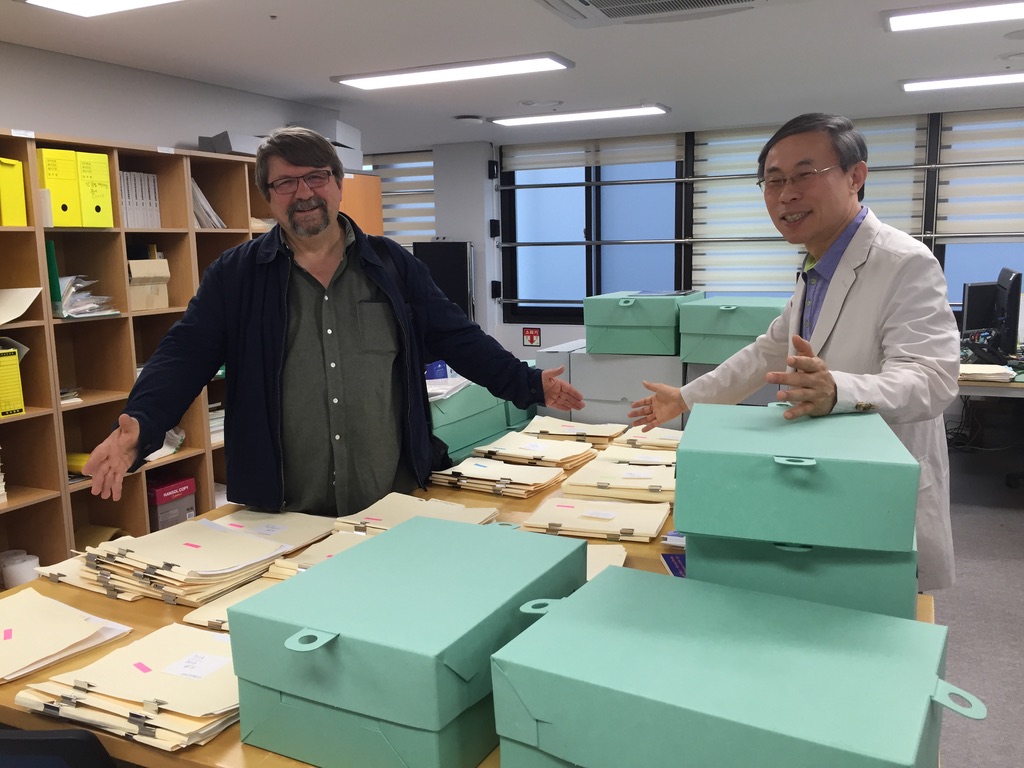
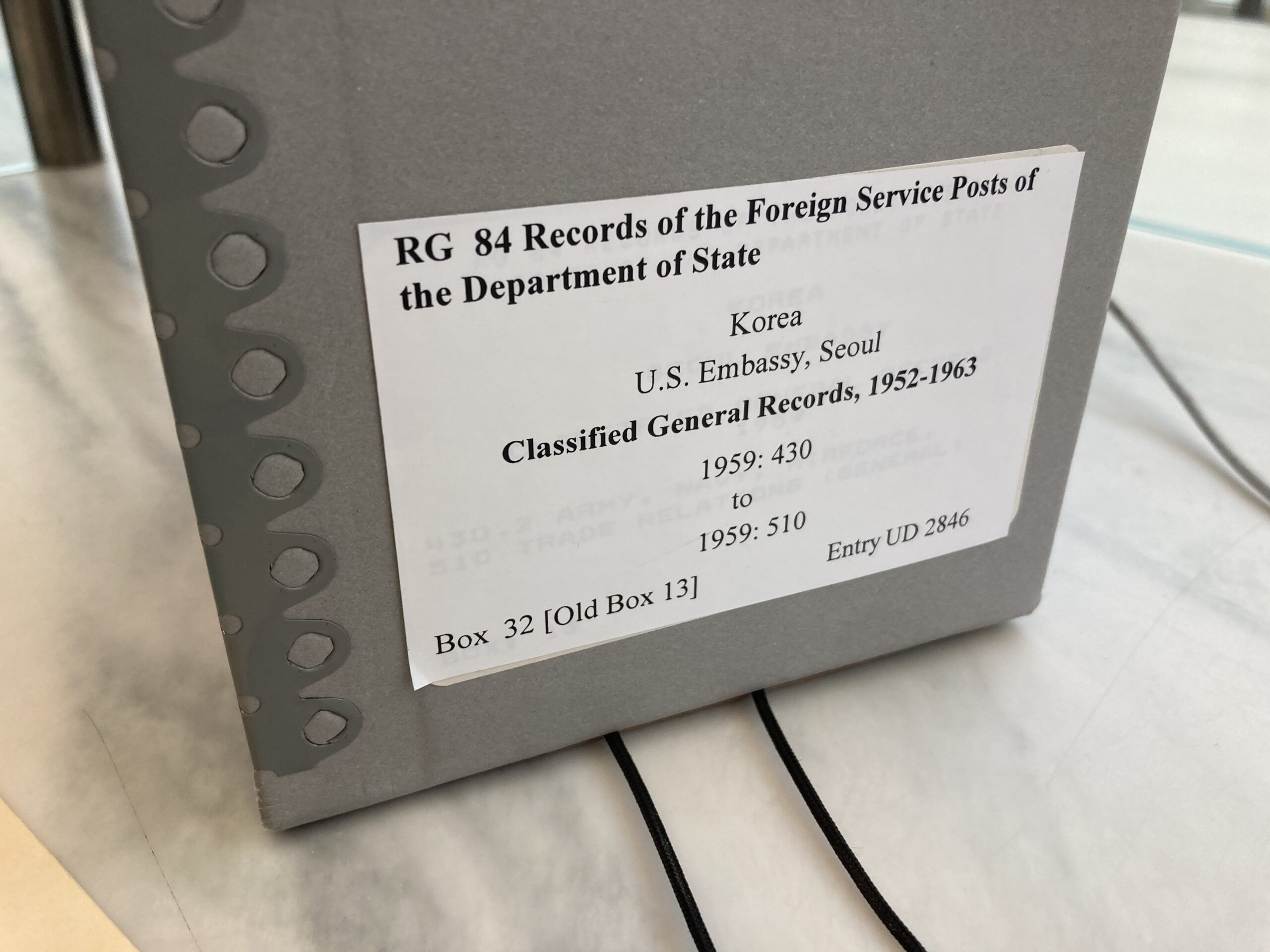
A 1947 comparison by the U.S. Embassy in Seoul of…
The assassination of Park Chung Hee on the night of…

While the Biden administration continues to promote its tired mix…
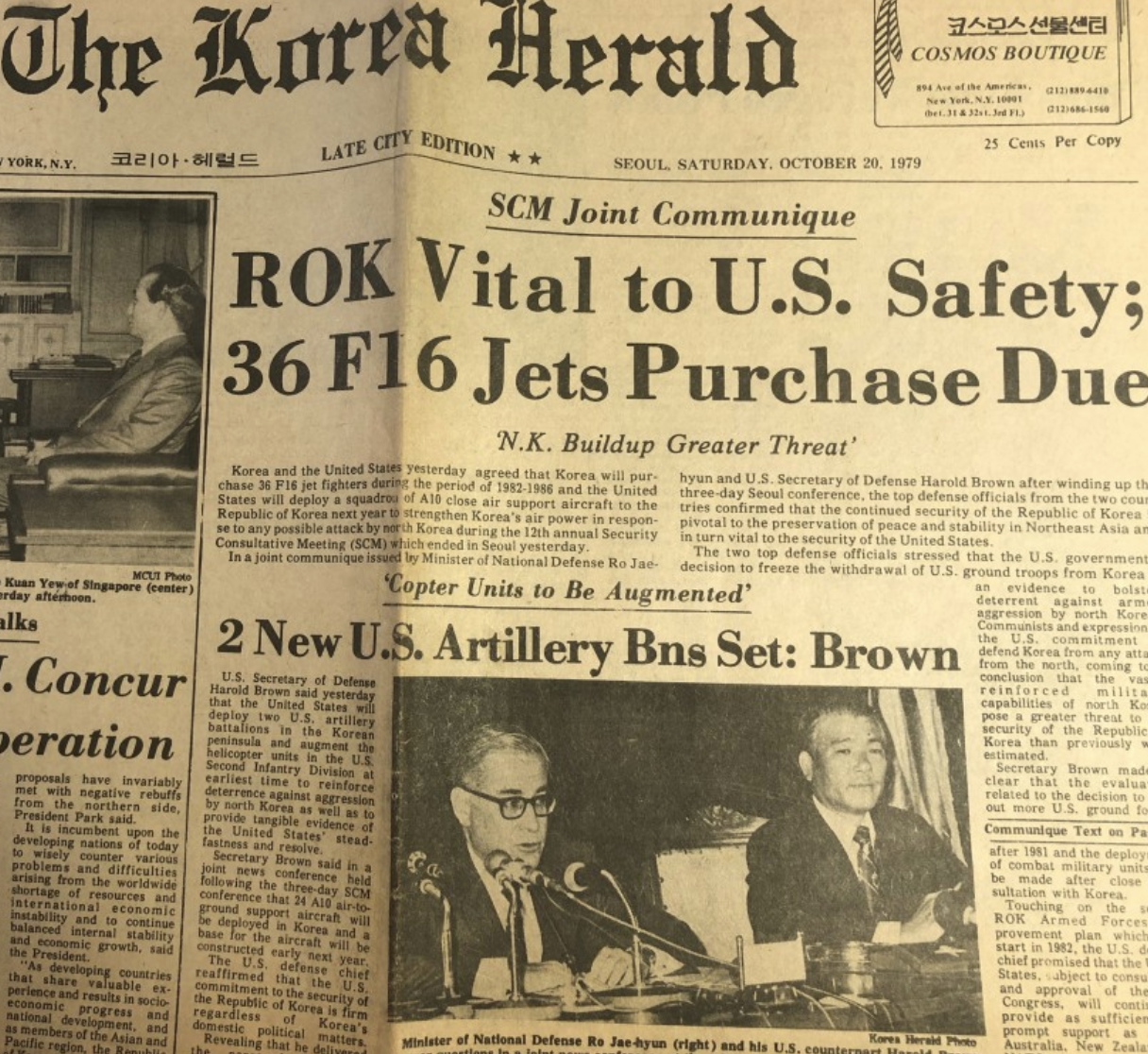
BOX 2, FILE 7 (1979-1980) Ambassador Gleysteen’s discussions with Chun…
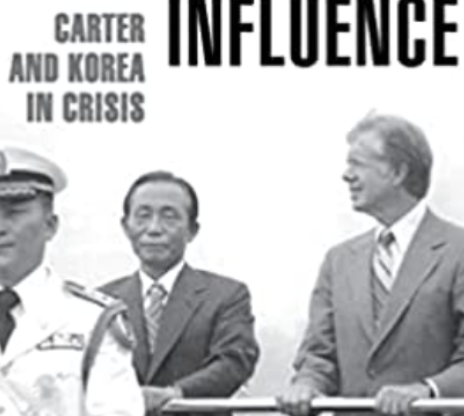
BOX 2, FILE 6 (1979-1980) This file contains key documents…
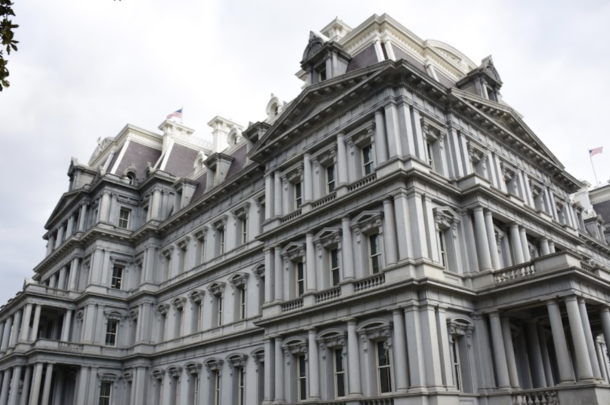
BOX 2, FILE 4 (May 22, 1980) This document from…
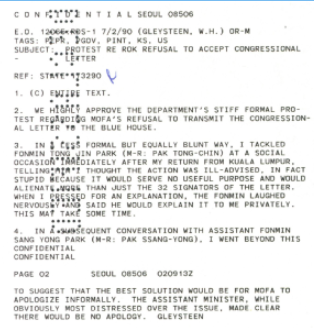
BOX 2, FILE 3 (1980) July 1980 – These documents…
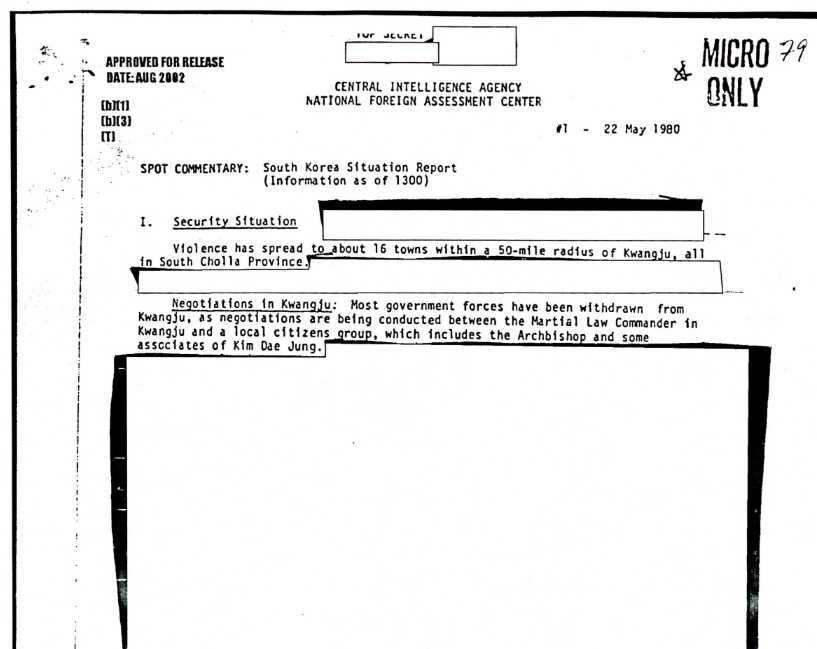
May 21 and May 22, 1980, were two of the…
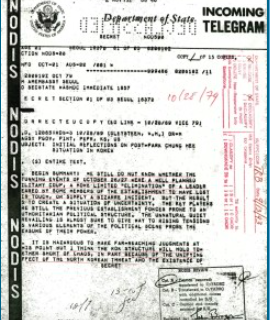
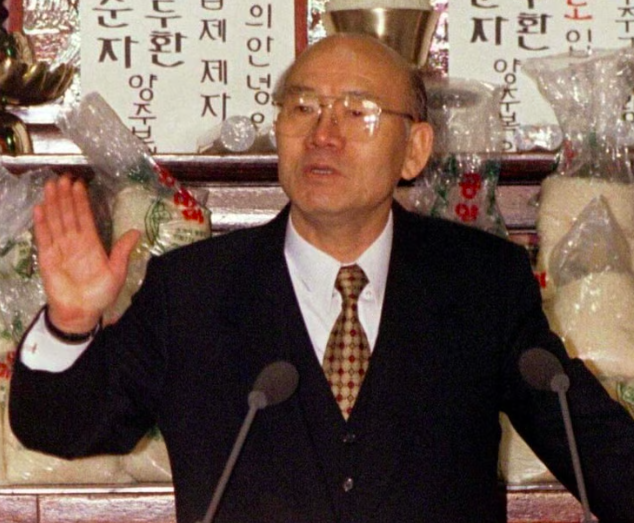
This is an online database of the 4,000 declassified US…
This is the first posting of what will be an…
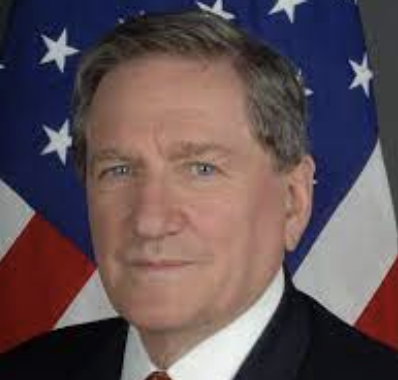
This article from The Nation about Gwangju from 1996 focuses…